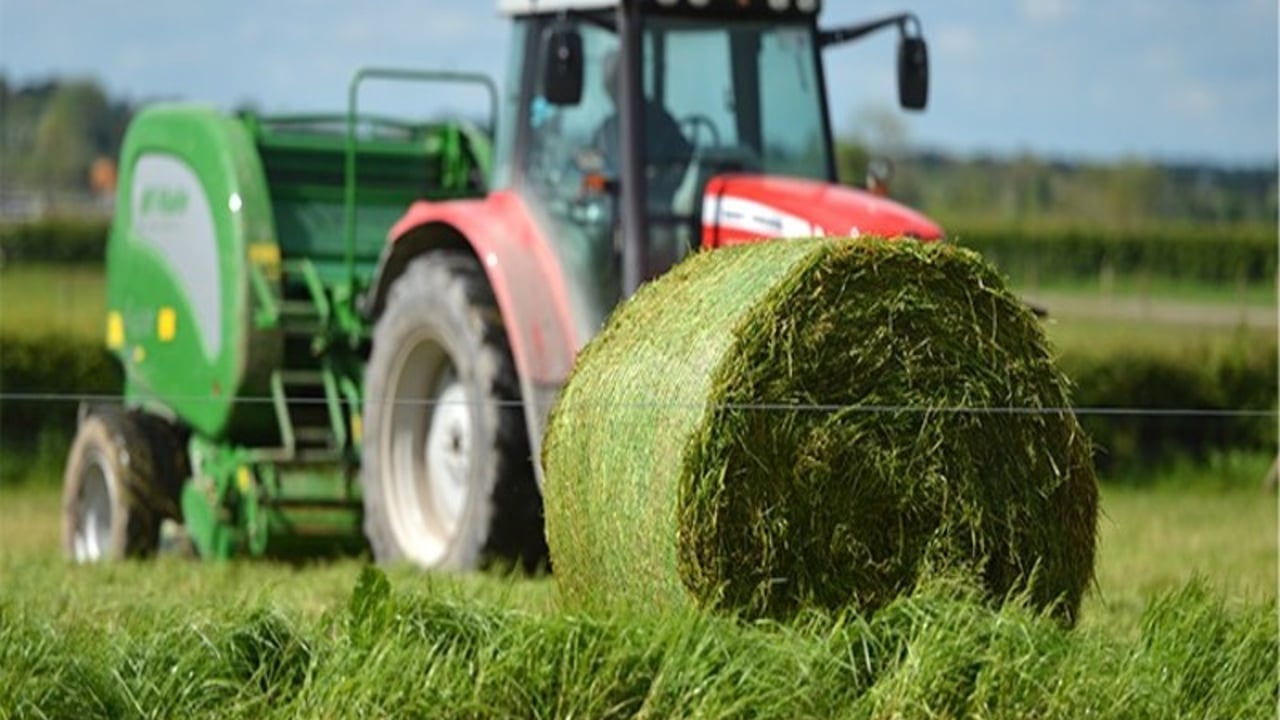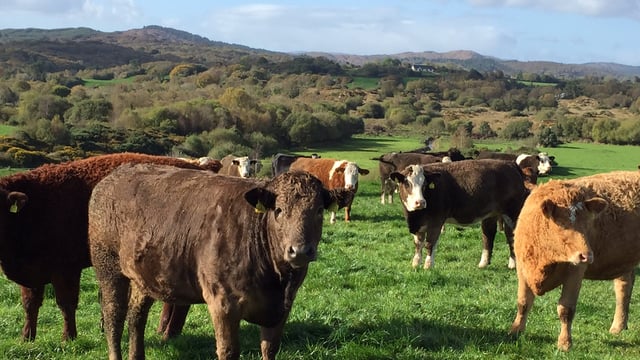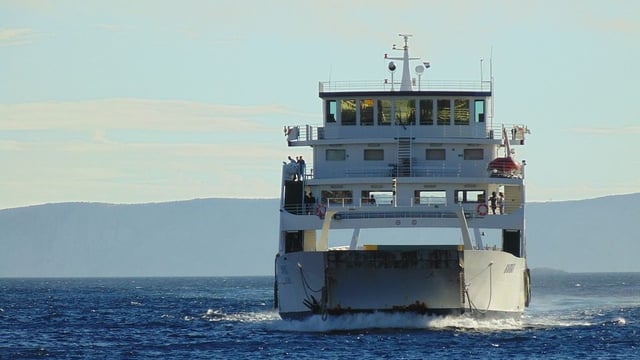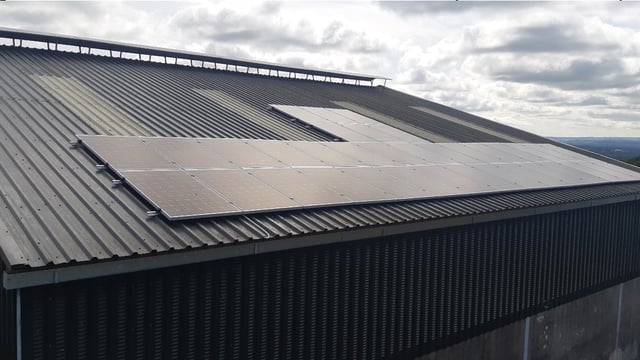Sponsored Article
Grassland farmers: Advice for securing winter feed for next year
Sponsored Article

Grassland farmers are being urged to take action now to grow enough grass to secure sufficient fodder for next winter. The best grass growth response to artificial fertiliser is during the months of April, May and June.
Grazed grass is the cheapest feed source for cows, cattle and sheep, even at the higher prices for fertiliser in 2022. Grass silage is the second cheapest feed source for bovines, with concentrates costing three times the cost of grazed grass.
Teagasc is encouraging farmers to take the following immediate actions to optimise grass growth during the main growing season:
Further support and advice is available to all farmers through your Teagasc advisor, at your local Teagasc advisory office or by clicking here.
The government has responded rapidly to assist farmers to plant more cereal crops this season. The recently announced Tillage Incentive Scheme (TIS) is to incentivise farmers to grow additional tillage crops of barley; wheat; oats; maize; oil seed rape; beet; and potatoes.
In order for crops to be eligible, the land must not have been in tillage production in 2021 and there must be an increase in cropping area on the applicant’s Basic Payment Scheme (BPS) 2022.
A payment of €400/ha will be paid with a total budget of €10 million. Applicants must declare the crops on their 2022 BPS and THE Department of Agriculture, Food and the Marine will track the areas at parcel level and compare BPS 2021 lands declared with BPS 2022.
This is a one-year scheme/package at the moment and eligible crops can be combined or harvested as whole crop.
The National Fodder and Food Security Committee is tasked by government with preparing an industry response, contingency plans and advice to assist farmers in managing their farm enterprises through a period of high-input price inflation and potential supply pressures.
For more information, click here.
Sponsored Article





